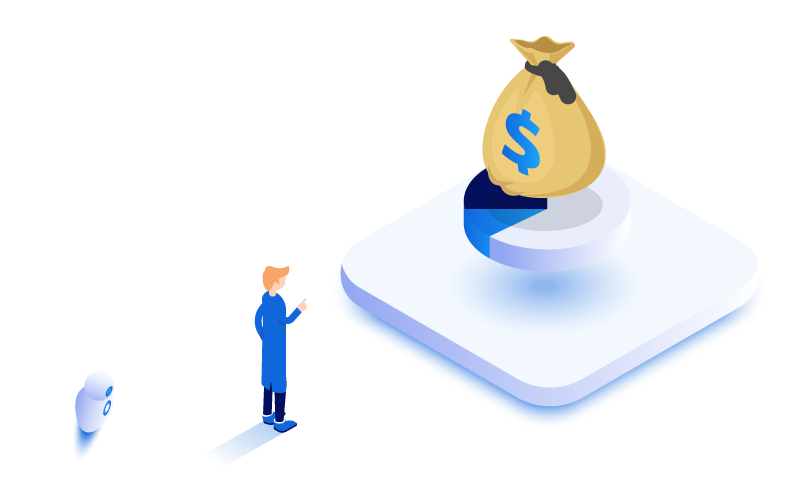Off-platform payments will create a new mobile gaming monetization model. Here are three reasons why:
First, government pressure and risk will force platforms to allow off-platform payments. In addition to the Epic v. Apple rulings, a bipartisan bill known as the Open App Markets Act has been introduced in Congress to address the Apple App Store’s platform fee, among other issues. This type of legislation will continue to put pressure on Apple until it concedes, and the App Store permits some kind of off-platform payment processing.
Second, the Apple App and Google Play Stores have been weakening relative to the content on those platforms. Epic’s bravado in taking Apple to court, risking Apple’s backlash, sets a clear example that content-creation companies understand that their content—in Epic’s case, Fortnite—will succeed even without Apple. The rise of streaming services provides another example of the ways in which content is taking back the throne.
Third, off-platform payment options have become much safer and easier for apps to offer. Third-party providers, like Xsolla and Coda Payments, have developed solutions to this once-difficult problem, weakening Apple’s argument that games “need” platforms to create secure environments for payment processing. Plus, these third-party providers charge 5-10%, as opposed to Apple’s 30% fee.
Platforms should recognize that while they still generate tremendous value for developers, much of that value (mostly in the form of organic downloads) has depreciated. Yet the cost of the platforms (30%) remains the same; therefore, the platforms should either improve their offering or reduce their fee.
The most efficient solution to the issue of off-platform payments would be to create a more innovative pricing model—one that makes off-platform revenue less appealing to developers. Apple has innovated not only within its products, but also in other areas, like its customer service and brick-and-mortar stores. Given how many smart people work at Apple, I believe it can innovate in pricing as well.

